 Art + Money = Crime
Art + Money = Crime
If your preferred crime fiction is measured by the number of shots fired, people killed, cars demolished, and drug busts gone wrong, my books are going to be a harder sell. The Dani O’Rourke series, the third book of which comes out February 2, is not cozy by any means, but it’s not hard-boiled.
However, if measured by the amount of money at stake in the crimes I write about, move over Dirty Harry! I write about the contemporary art market, especially that part of it that trades in paintings and other work with auction values in the multi-millions. Think this isn’t worth some desperate criminal risks? Consider these sales, made in the past 10 years:
Picasso’s “Women of Algiers” $179 million
Bacon’s “Three Studies of Lucien Freud” $140 million
Warhol’s “Silver Car Crash” $105 million
Cézanne’s “The Card Players” $250 million
These are only a few examples of A List works selling for close to or over $100 million recently. They’re not exceptions to the trend. In the past two decades, with a slight pause in 2008, even works by lesser and “unproven” (that means to the market, not to aesthetics) artists have been fetching extraordinary amounts of money, been traded like baseball cards as their prices ratcheted up to swooning heights with not much in the way of market fundamentals behind them. Not that anyone is quite sure how the market can properly value anything as subjective and prone to damage and fashion and rumor as paint on canvas.
So, as a crime writer, I follow the money, a tactic that gets Dani O’Rourke, a fundraiser for my fictional museum, into real trouble again and again. Who’s buying these art works? Why? Where are they going after they’ve been claimed? And what about art that simply vanishes off the walls? And the art that turns out to be fake? So much running room for a crime writer.
A famous New York gallery recently claimed it was fooled by a private art dealer who palmed off fakes that were, it turned out, churned out by a guy living humbly in Queens. Rumors abound that the big gallery was not so much fooled as turning a blind eye as it sold them for many millions of dollars to clients who don’t know art but want to boast a big name collection. Heads are still rolling, lawyers are getting rich.
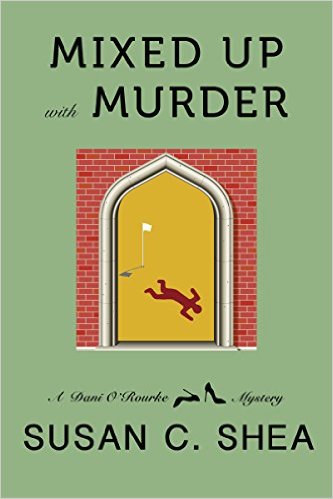 A famous heist at the Isabella Stewart Gardner Museum in Boston in 1990 was carried out by a small team that posed as policeman and took 13 paintings worth, conservatively, $500 million. They’ve never been recovered but apparently the FBI has a lead on the organized crime gang that may have the art hidden somewhere while they broker private sales. (There’s no way they could slip any of these works back into the open market).
A famous heist at the Isabella Stewart Gardner Museum in Boston in 1990 was carried out by a small team that posed as policeman and took 13 paintings worth, conservatively, $500 million. They’ve never been recovered but apparently the FBI has a lead on the organized crime gang that may have the art hidden somewhere while they broker private sales. (There’s no way they could slip any of these works back into the open market).
Most art sales at the big auction houses like Sotheby’s and Christie’s are between known sellers and buyers, with the auction houses taking huge and growing cuts that drive prices up further as sellers and buyers pay commissions and premiums and everything else the houses can think of to tack on. But there are many works that sell to unnamed buyers who work through tight-lipped agents.
So, a seller who bought a Picasso to impress other masters of the universe decides he wants a yacht instead. He sells a couple of holdings including the Picasso. It’s appreciated 20 percent in three years – not a bad investment. The agent for a private buyer makes the winning bid of $95 million by telephone and the Picasso is shipped to a vault somewhere in New York or London or Switzerland. It will sit there until the seller decides to cash it in. The buyer may be laundering money – drug dealers, corrupt heads of African states, and Russian oligarchs are known to do this – or trying to minimize his taxable income through some holding company purchase, or just needing a place to park his wealth for a year or two where it won’t attract attention. Art is not art in these cases, it’s another form of currency, easier to understand and use than Bitcoins, and providing a slight veneer of civilization.
Who gets hurt? Museums, which are priced out of the market for purchases. Scholars, who will never see those paintings again. Real collectors, who know and cherish art for generations. Ordinary people like you and me who might get a couple moments of intense pleasure and maybe even an insight from standing in front of a masterpiece. Law enforcement, which can’t track and reach ill gotten gains hidden this way.
The villains in my Dani O’Rourke stories don’t deal at quite that rarefied financial level but they have confused the real value of art – beauty, truth, all that corny stuff – with its value as a form of money, worth stealing, worth lying about, worth killing for. There’s nothing cozy about that!
Author photo credit: Cheshire Isaacs






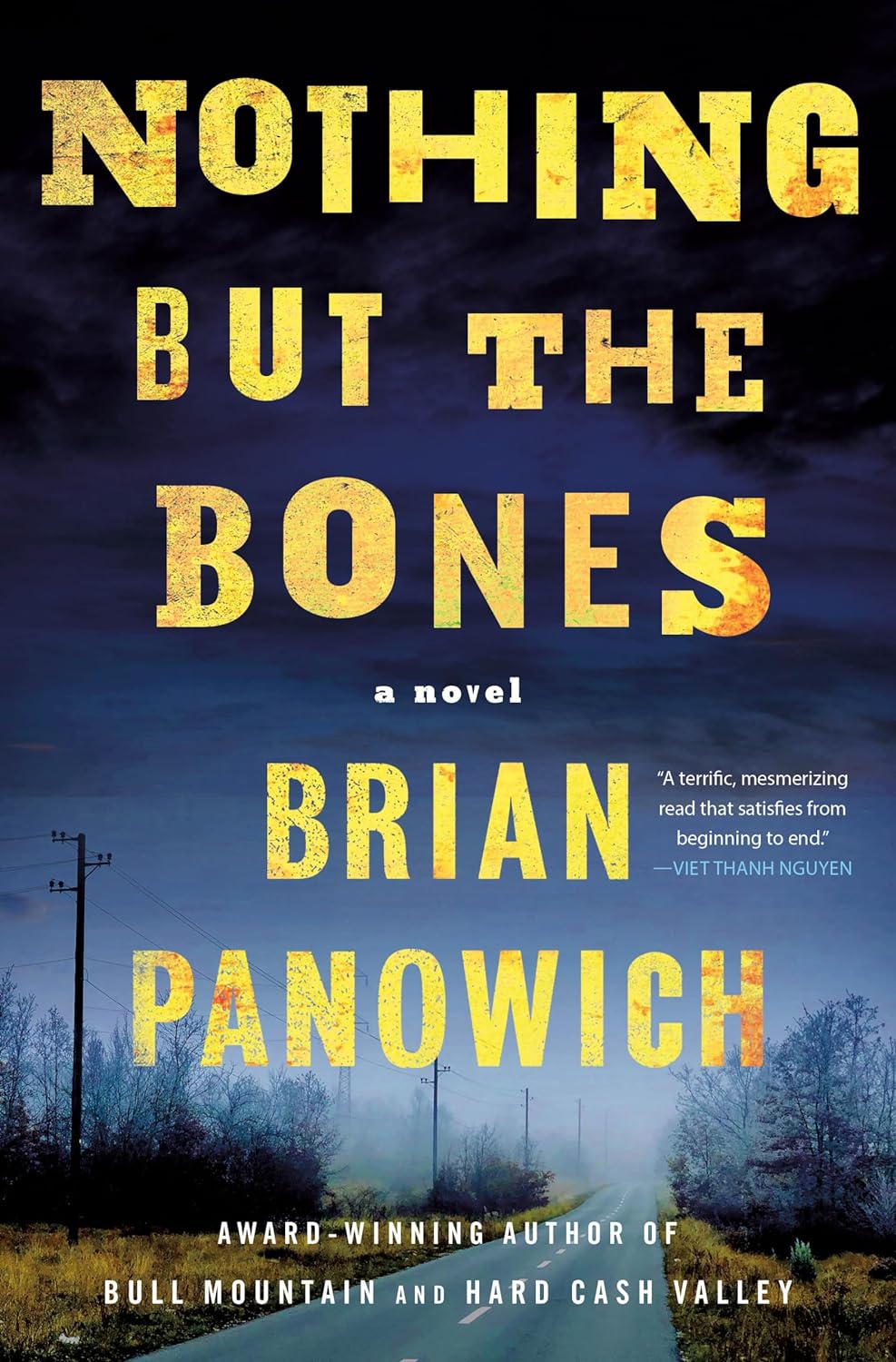
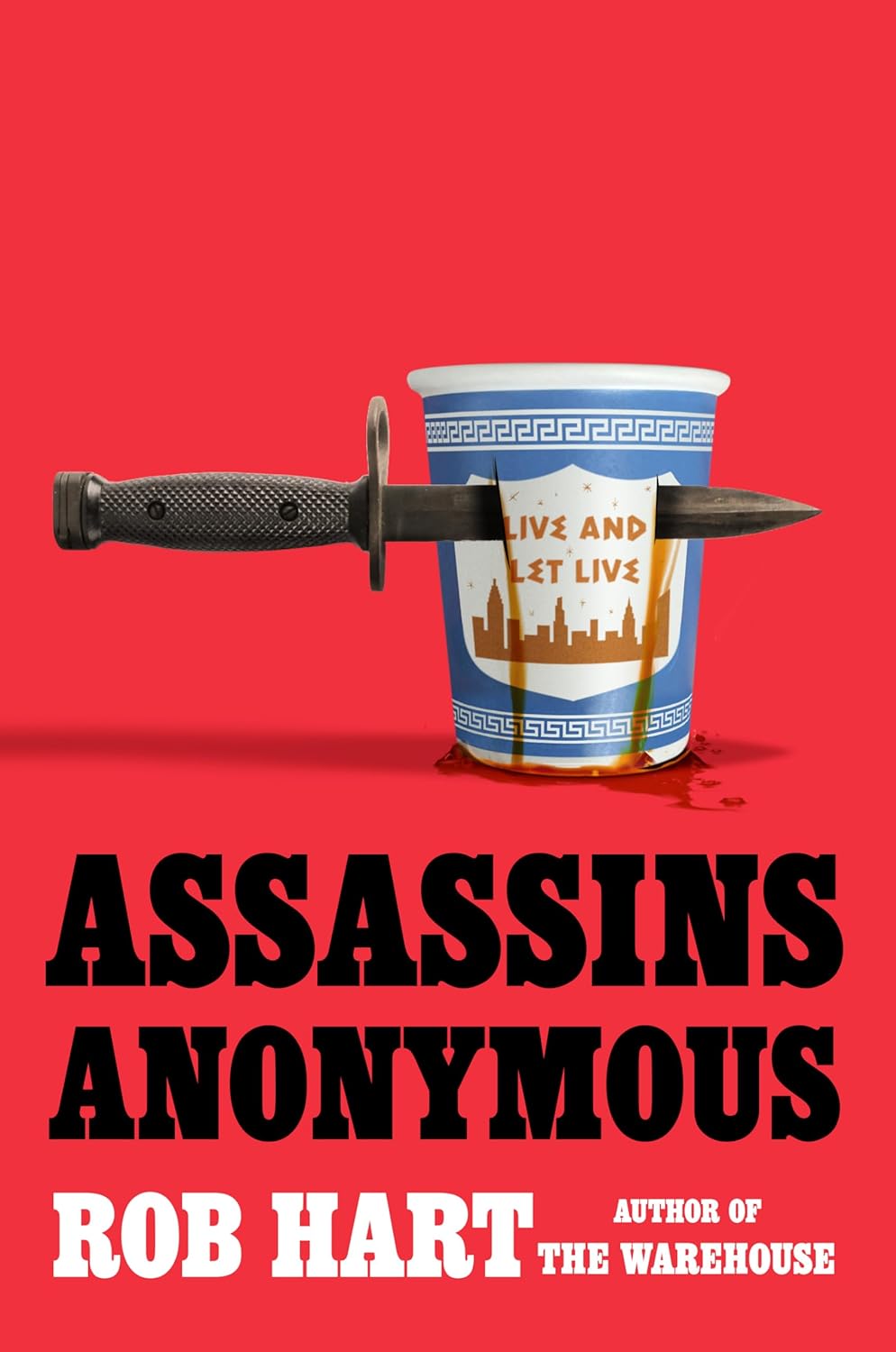
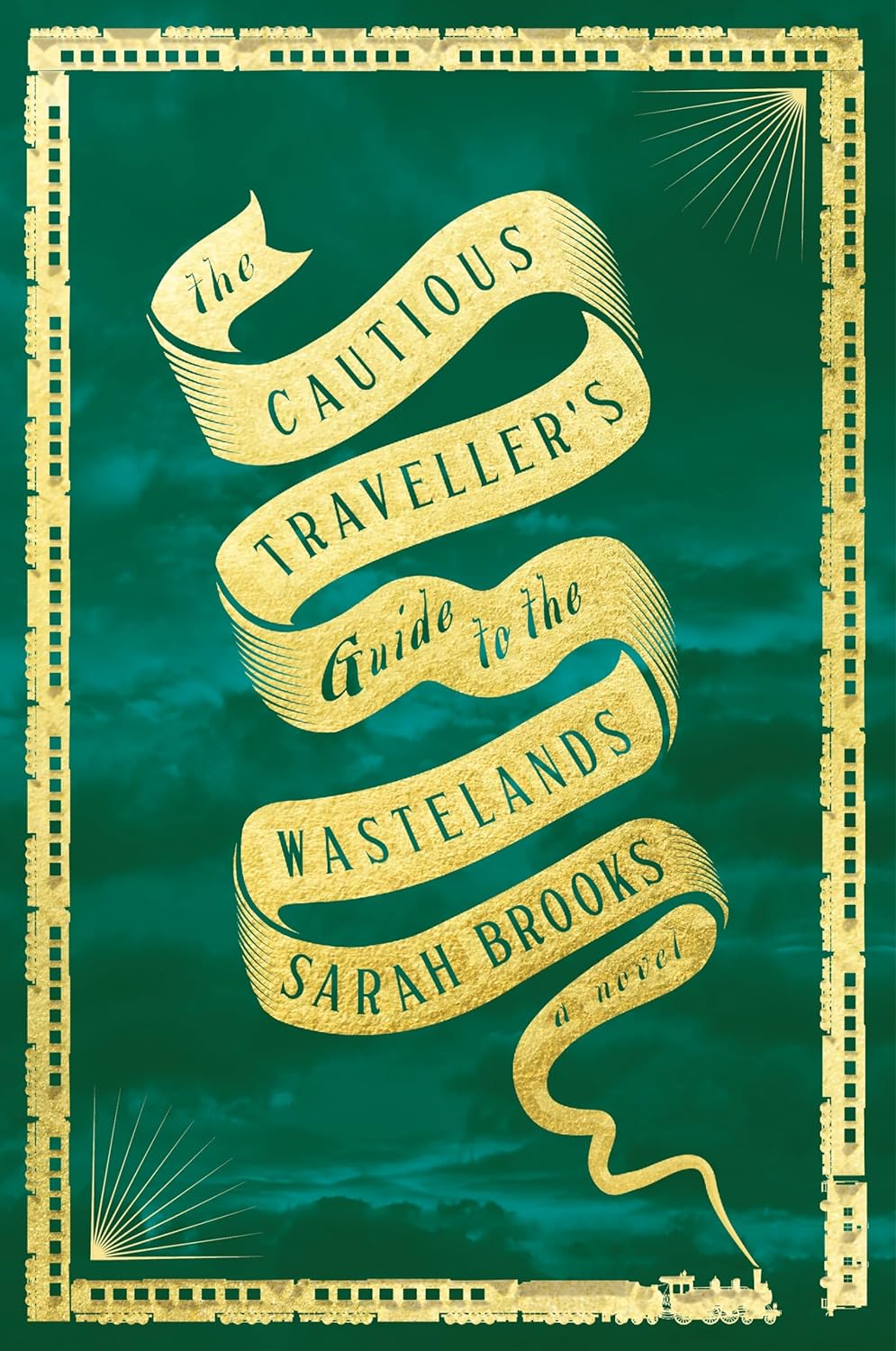
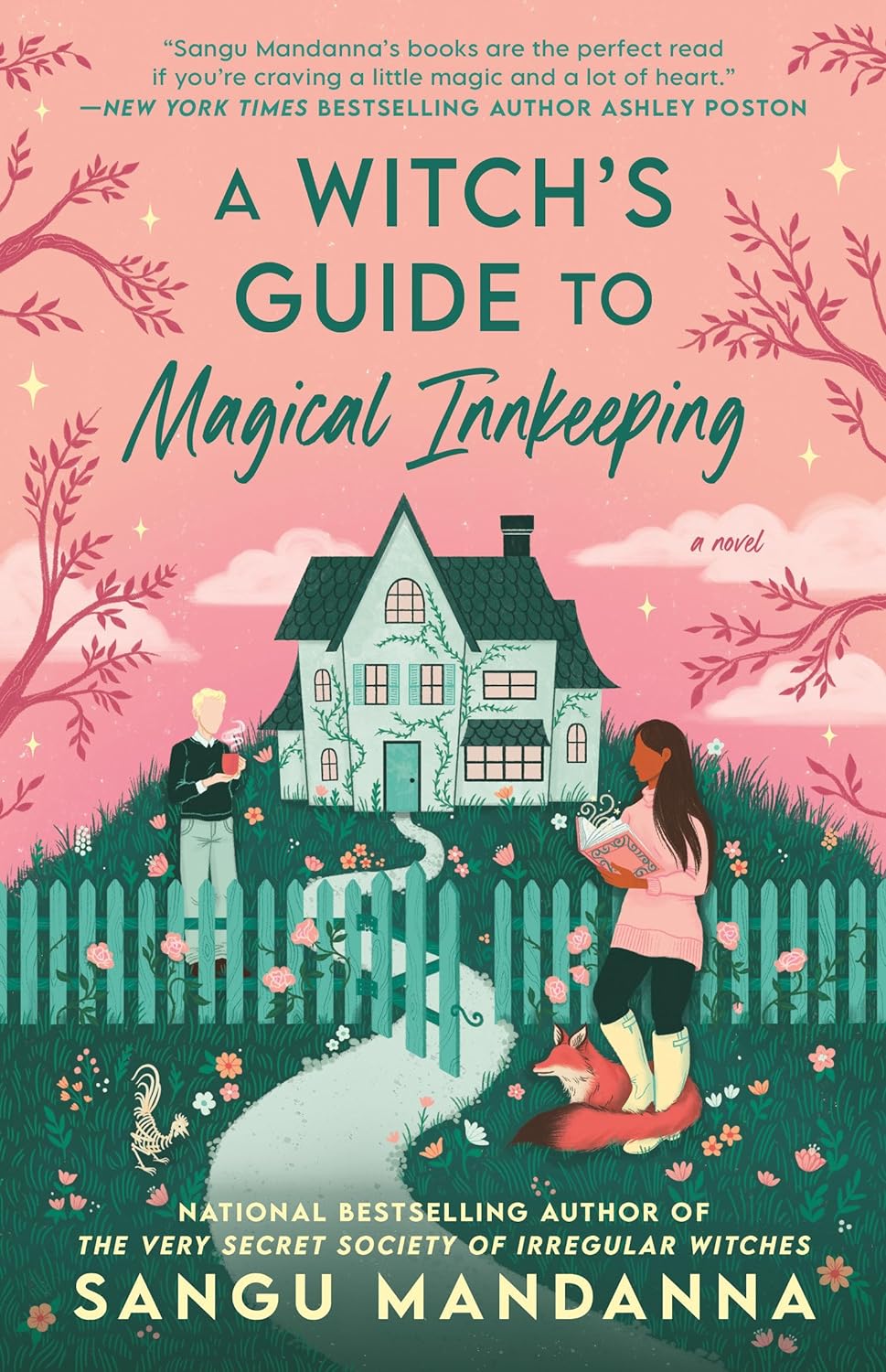
Holly West
January 28, 2016 - 1:53 PM